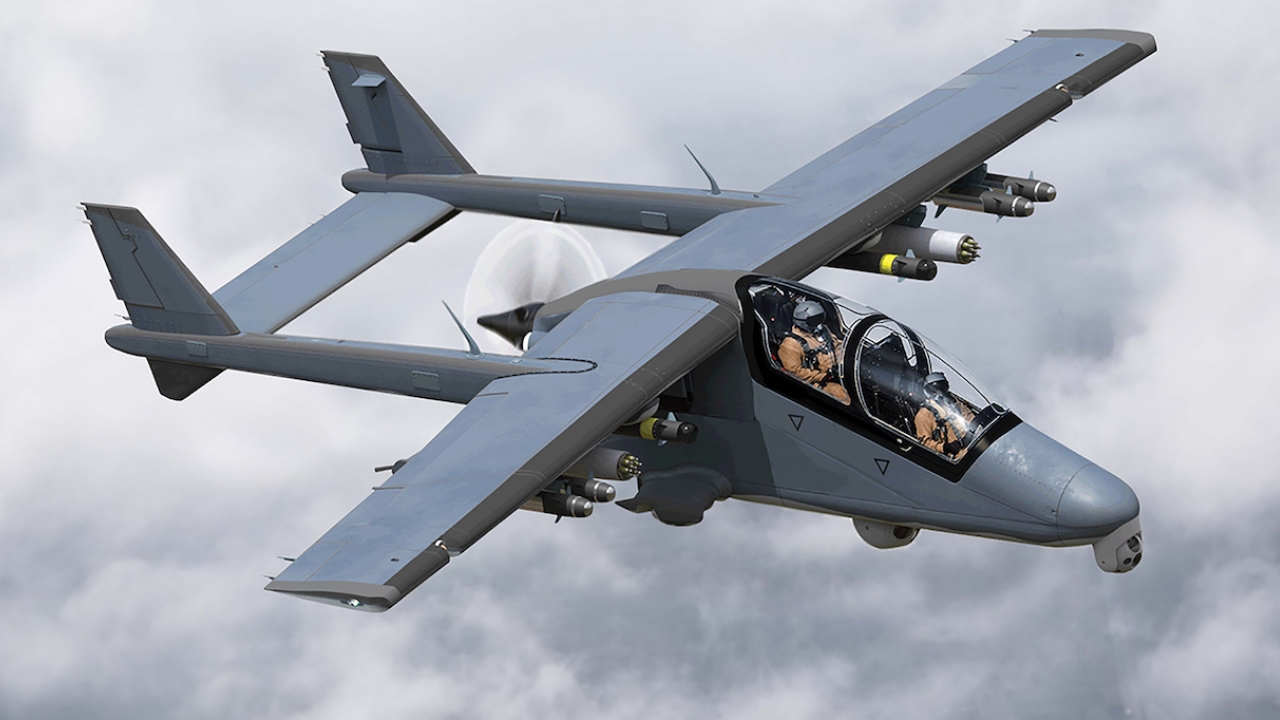Threats and peace-keeping needs top of the shopping list
Jon Lake looks at the reasons why Morocco is seeking new fighters and attack helicopters.

Although Morocco has not fought a conventional interstate war since the Algerian-Moroccan conflict of 1963, it has faced a long-standing security threat from the Polisario Front in the disputed territory of Western Sahara.
This has led to simmering tension with neighbouring Algeria, and Morocco has maintained its armed forces at a relatively high level of capability for counter insurgency operations in order to deter aggression and to be ready to fight a peer-level adversary should that deterrence fail.
In recent years, Morocco has shown an increased willingness to participate in international peace-keeping operations, and to enter into war-fighting operations alongside its allies.
Most recently, this led to the participation of the Royal Moroccan Air Force in the Saudi-led air campaign in Yemen.
But the Royal Moroccan Air Force’s small F-16 fleet (23 aircraft, including eight F-16D two-seat trainers) is too small to meet all requirements, while the ageing Mirage F1s and Northrop F-5Es may not be sufficiently capable for the highest-end war-fighting operations, despite recent upgrades and modernisation programmes.
When the Moroccan army was placed on high alert as a result of increased recent tensions with Polisario separatists in the north-west of Western Sahara, there were reports that the country would have to withdraw its F-16s from the Saudi-led coalition operation ‘Decisive Storm’ against Houthi rebels in Yemen.
Though the 24 F-16Cs and F-16Ds, delivered in 2011 and 2012, equip three squadrons (known as Falcon, Spark, and Viper) of the sixth Air Base at Benguerir, the unit has never really been at full wing strength. One F-16C was lost on May 10 2015 during combat operations over Yemen.
The addition of 12 new aircraft would certainly allow for greater deployment flexibility.
Morocco’s F-16s are well equipped with Lockheed Martin Sniper targeting pods, Goodrich DB-110 airborne reconnaissance pods, and Raytheon’s advanced countermeasures electronic system (ACES).
Armament includes the AIM-120 AMRAAM long-range missile, AIM-9X Block II Sidewinders with lock-on-after-launch capability, AGM-65D Maverick air-to-surface missiles, and Enhanced GBU-12 Paveway II laser-guided bombs.
To overcome the shortfall in F-16 numbers, Morocco is planning to acquire 12 new single-seat F-16V Vipers, and to bring its existing Block 52 F-16 fleet to the same standard as the F-16V.
The F-16V is the latest version of the Fighting Falcon and features an AN/APG-83 active electronically scanned array (AESA) scalable agile beam radar (SABR) an upgraded mission computer, an automatic ground collision avoidance system, and an improved avionics architecture. It also boasts an increased life airframe and improvements to the cockpit, including a new centre pedestal display (CPD), which provides critical tactical imagery to the pilot on a high-resolution screen.
No order has been placed, however, and for the time being, the Royal Moroccan Air Force will have to rely on its existing F-16s, augmented by 27 Mirage F1s (F1CH, F1EH and F1EH-200). These have been upgraded to MF2000 standards, with a new radar, a new weapons management system, cockpit improvements, including liquid crystal displays and hands on throttle and stick (HOTAS) controls, and survivability enhancements.
The F-16s and Mirage F1s are backed up by about 22 F-5Es and four two-seat F-5Fs. These have also been upgraded with FIAR Grifo F/X-Plus radar, cockpit improvements, including a new heads-up display (HUD), and controls, Elettronica ELT/555 active electronic countermeasures (ECM) pods, and a new EWPS/-100 (DM/A-104) radar warning receiver.
For a nation facing an asymmetric, insurgent threat, combat helicopters may represent a more relevant capability than fast jets.
Morocco operates a sizeable helicopter fleet, including about 20-23 SA 342M and 342L Gazelles, armed with a variety of anti-tank missiles and other ground-attack munitions.
The Gazelles have proved effective against the Polisario’s armoured vehicles, which include T-54/55 tanks and BMP armoured personnel carriers.
On one occasion, Gazelles used HOT missiles to destroy 18 T-55s and BMPs near Tan Tan.
However, the Gazelle is becoming hard to support, and lacks the capabilities of more recent attack helicopters. Morocco is known to be looking to acquire a replacement.
In June 2018, a delegation from the Royal Armed Forces visited the Turkish Aerospace Industries headquarters in Ankara, reportedly to negotiate the purchase of T129 ATAK attack helicopters.
Earlier, it had been reported that Morocco was is in negotiations with Boeing for the purchase of AH-64 Apache helicopters.
Stay up to date
Subscribe to the free Times Aerospace newsletter and receive the latest content every week. We'll never share your email address.

